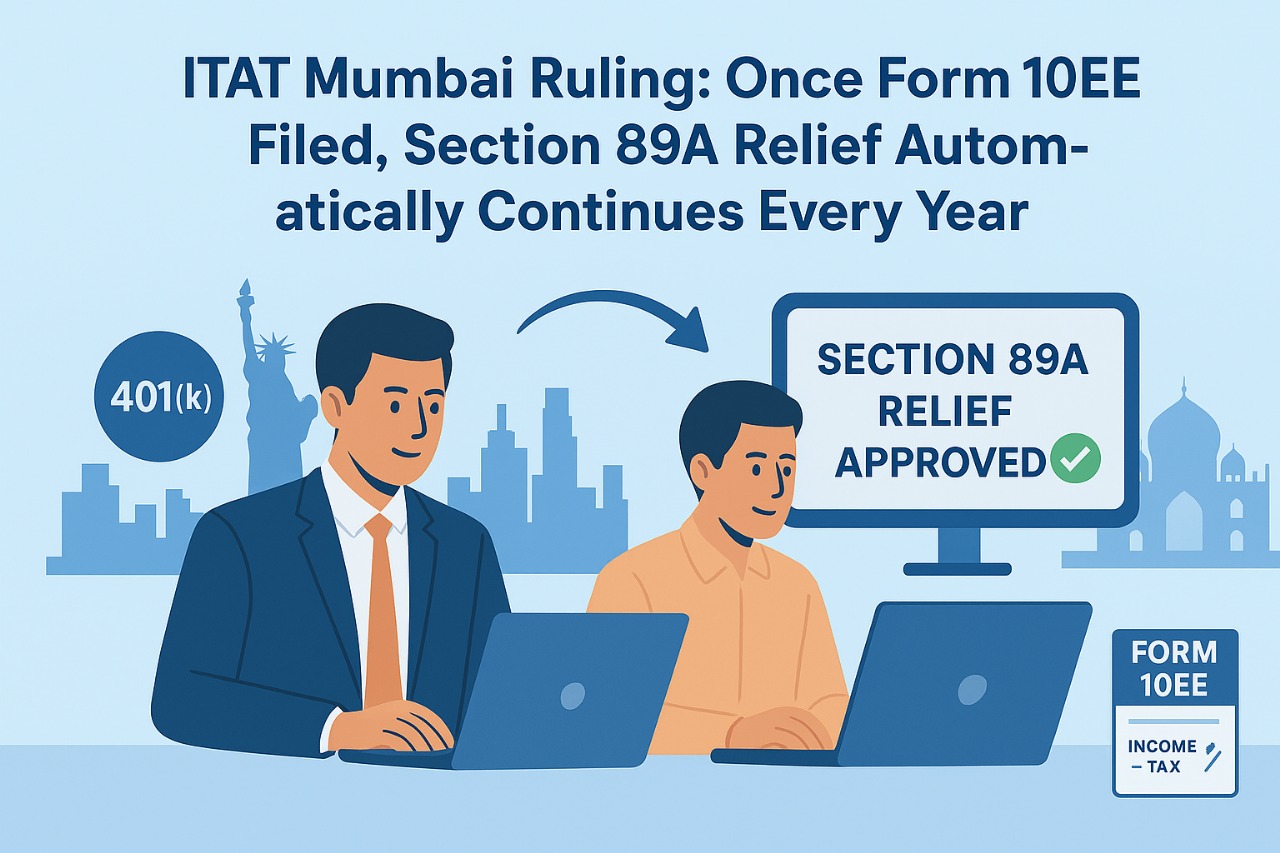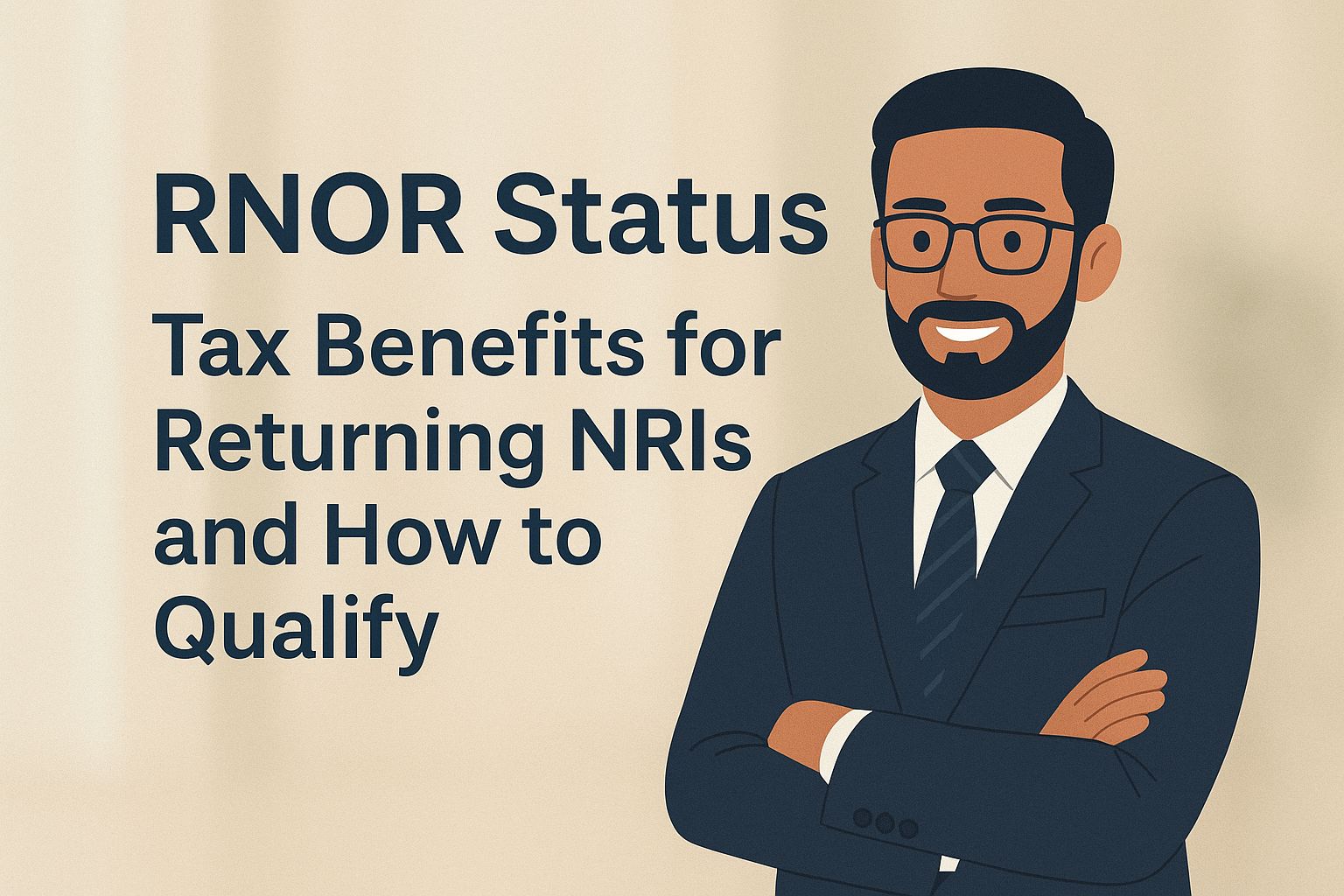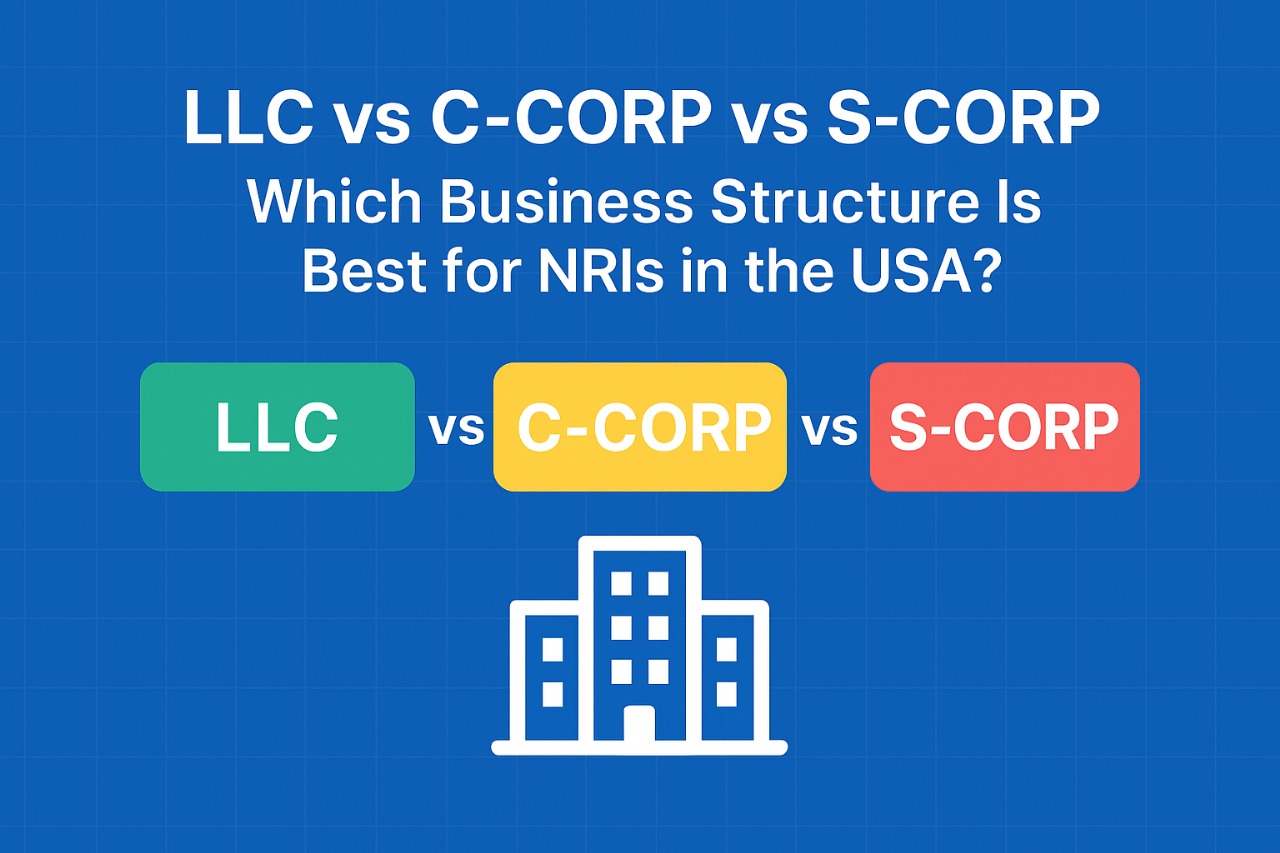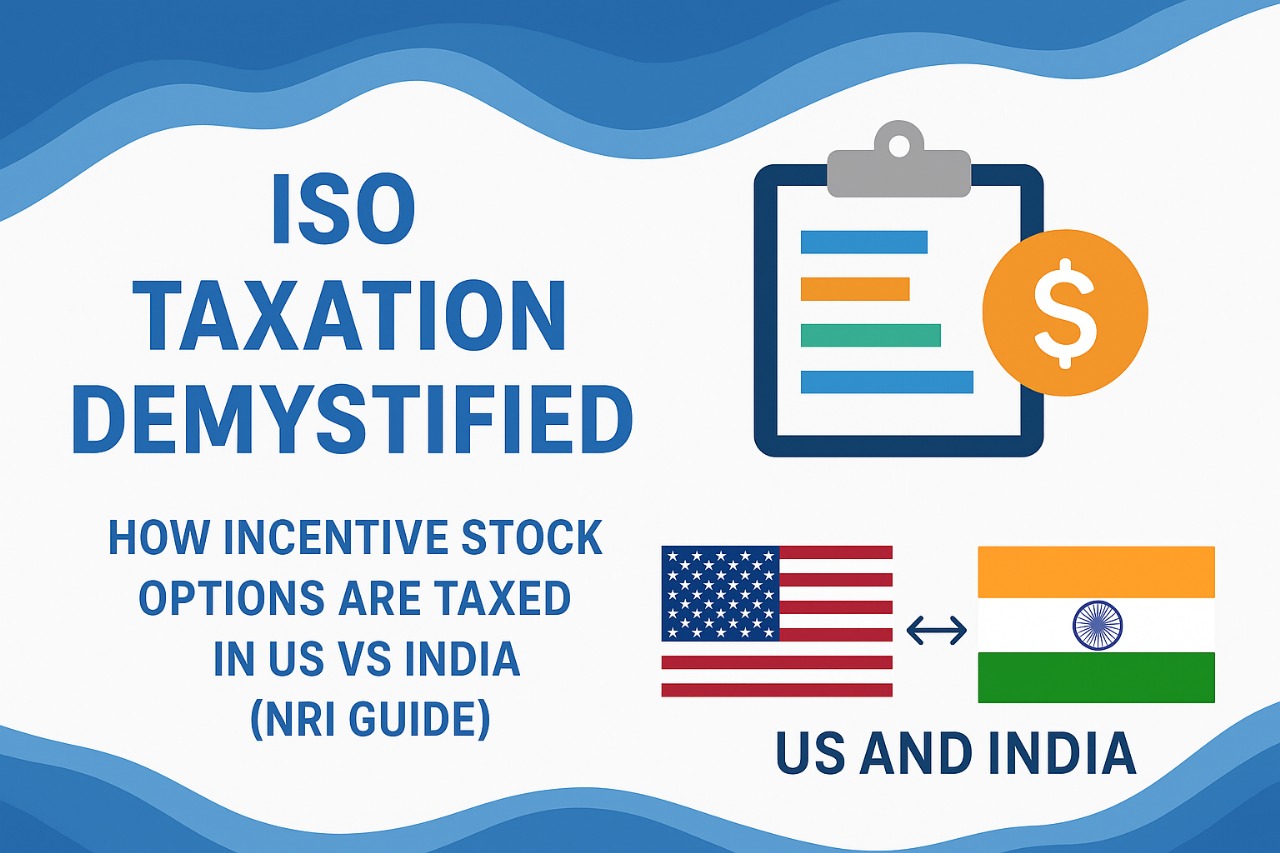 WhatsApp
WhatsApp
 Call Us
Call Us
 Email Us
Email Us
 Whatsapp Community
Whatsapp Community

If you're an NRI parent in the USA with long-term plans to return to India, investing in a 529 savings plan for your child's education may seem like a smart move — and in many cases, it is.
However, once you move back to India, the tax landscape changes drastically. The 529 plan, known for its U.S. tax-free growth and withdrawals, may lose its core tax advantages under Indian tax laws. Before you lock in funds, it’s essential to understand how India taxes 529 accounts, what happens when your child studies outside the U.S., and whether smarter, more flexible options exist.
Let’s break down the complications and alternatives — so you can make a fully informed decision.
A 529 plan is a U.S.-based investment account that offers tax-free growth and withdrawals for qualified education expenses. It's often used by parents to save for their child’s future college costs, especially for U.S.-born children of NRIs.
Its biggest U.S. tax perks:
But here’s where the trouble begins: once you move back to India and become a tax resident, the Indian tax department starts looking at this account very differently.
While 529 plans technically allow funding for some foreign universities, the actual list is tightly restricted. According to the IRS list of eligible institutions, only a handful of Singaporean universities from Asia qualify for 529 usage.
Most other eligible international colleges are based in Europe and Australia. Indian universities are not eligible, which means if your child decides to study in India or elsewhere in Asia (except select institutions in Singapore), your withdrawals will not qualify under IRS rules.
Key Impact: Non-qualified withdrawals are subject to income tax on earnings and an additional 10% penalty under U.S. tax law — wiping out most of the 529's tax benefits.
Once you return to India and become a Resident and Ordinarily Resident (ROR), India taxes your global income — and that includes income earned inside the 529 plan.
While the U.S. allows tax deferral on 529 growth, India does not. Even if you haven’t withdrawn a single dollar from your 529 account, any growth in the account (interest, dividends, capital gains) is taxable every financial year under Indian law.
This creates double trouble:
So, you could end up paying Indian tax every year on unrealized gains, defeating the core purpose of the 529's tax-free design.
If you’re not fully sure whether your child will go to a U.S. or eligible college abroad, a Traditional IRA could be a more flexible solution.
Why? Because early withdrawals from a Traditional IRA for qualified higher education expenses are exempt from the 10% early distribution penalty, even if you’re under 59½.
While IRA contributions may have income limits and less aggressive growth benefits compared to 529s, they give you:
One often-overlooked benefit of the 529 is its ability to reduce U.S. estate tax exposure. Under the 5-year superfunding rule, you can contribute up to $85,000 (or $170,000 jointly) in a single year without triggering U.S. gift tax, while still maintaining control over the account.
This makes it an excellent estate planning tool, especially for NRIs with substantial U.S. assets. But again, if you’re NRI returning to india, this advantage could be diminished due to Indian income taxation on the account.
| Feature | 529 Plan | Traditional IRA |
| Tax-free in U.S. | Yes (if qualified) | Yes (if qualified) |
| Indian Tax Post-Return | Taxed annually after ROR | Taxed on withdrawal only |
| Eligible Institutions Abroad | Very limited (mostly Europe, Australia, Singapore) | Not tied to any institution |
| Early Withdrawal Penalty | 10% for non-qualified | No penalty for education expenses |
| Estate Planning Benefit | Yes (superfunding) | No |
Before investing in a 529 plan, ask yourself:
If the answer is no to even one of these, consider alternatives like a Traditional IRA or broader investment options in the U.S. that offer flexibility and lower tax friction after your return to India.
At Dinesh Aarjav & Associates, we help NRIs manage:
Contact us for a 1-on-1 consultation, or explore dineshaarjav.com for expert blogs, guides, and personalized support through our NRI consultancy services designed for returning NRIs.







Stay in the loop, subscribe to our newsletter and unlock a world of exclusive updates, insights, and offers delivered straight to your inbox.